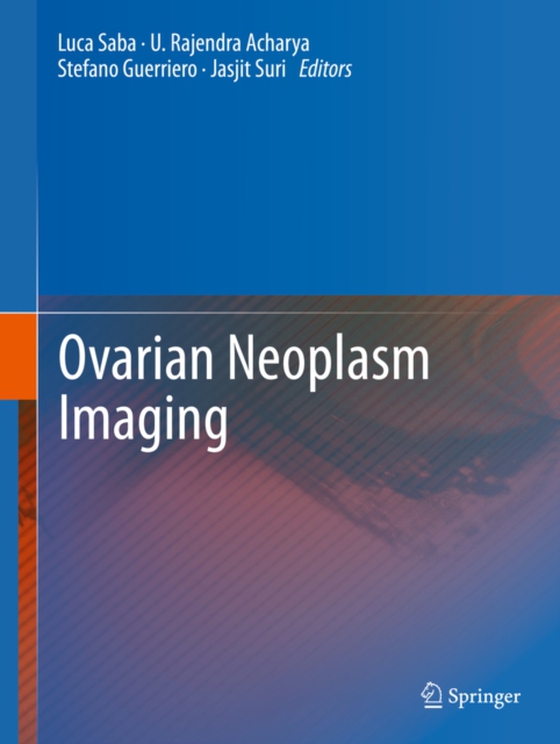
Ovarian Neoplasm Imaging e-bog
2190,77 DKK
(inkl. moms 2738,46 DKK)
Diagnostic and pre-operative imaging has become increasingly adopted throughout the field of gynecology. In particular accurate preoperative analysis of ovarian pathology can improve the selection of the correct therapeutical approach, to reduce the length of operations, maximize surgical technique, and can ultimately improve a range of operative outcomes. New imaging modalities have advanced t...
E-bog
2190,77 DKK
Forlag
Springer
Udgivet
22 januar 2014
Genrer
Oncology
Sprog
English
Format
pdf
Beskyttelse
LCP
ISBN
9781461486336
Diagnostic and pre-operative imaging has become increasingly adopted throughout the field of gynecology. In particular accurate preoperative analysis of ovarian pathology can improve the selection of the correct therapeutical approach, to reduce the length of operations, maximize surgical technique, and can ultimately improve a range of operative outcomes. New imaging modalities have advanced to the point of high resolution, three-dimensional analysis of tissue anatomy, composition and perfusion. Ultrasonography (US), Computed tomographic (CT) and magnetic resonance (MR) imaging have recently emerged as outstanding non-invasive techniques for the detection and characterization of ovarian pathology. In particular, US has probably now imposed itself as the "e;state-of-the-art"e; technique to explore the ovarian neoplasm, thanks the technical advancement like texture analysis (MGV) and 3D potentialities, although MR with new sequences like the diffusion-weighted imaging and greater magnetic fields (3 Tesla or more) may become leading methods in the future. The purpose of this book is to cover all the imaging techniques, potential for applying such imaging clinically, and to offer present and future applications as applied to ovarian pathology with the most world renowned scientists in these fields. The book is designed according to the pathological classification of the benign and malignant ovarian neoplasm by presenting for each pathology the clinical setting followed by the imaging approach. At the end of each chapter a "e;focus concept"e; paragraph will be presented with take-home point for the readers.
 Dansk
Dansk

